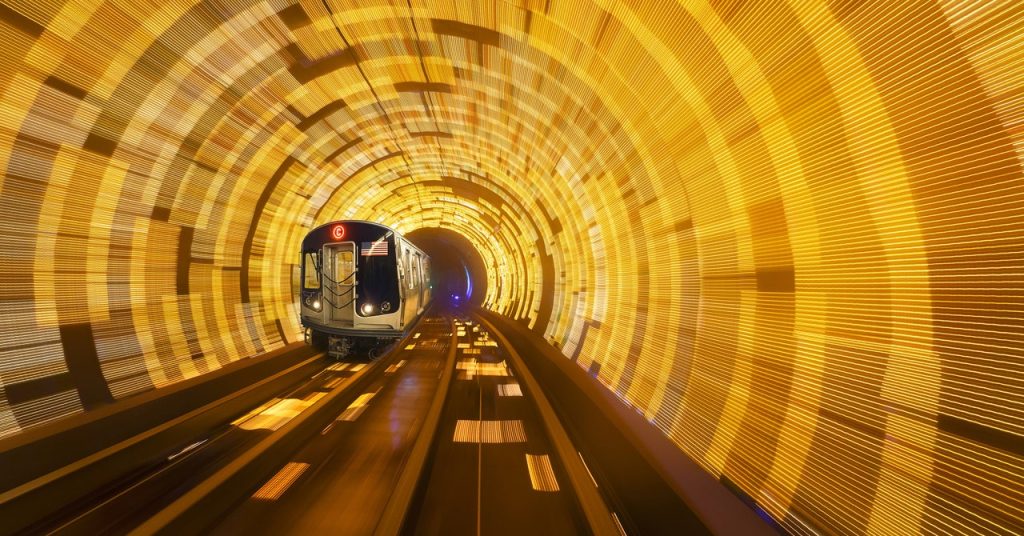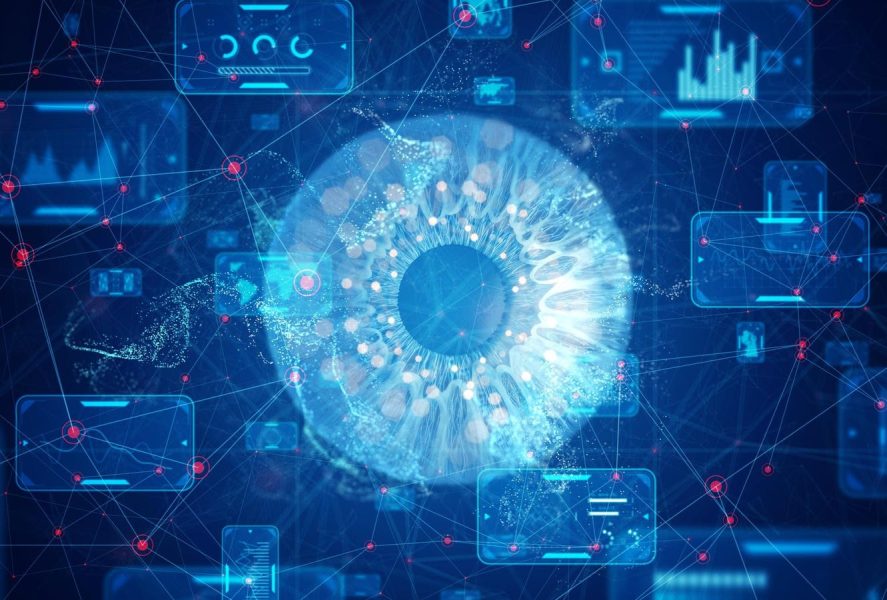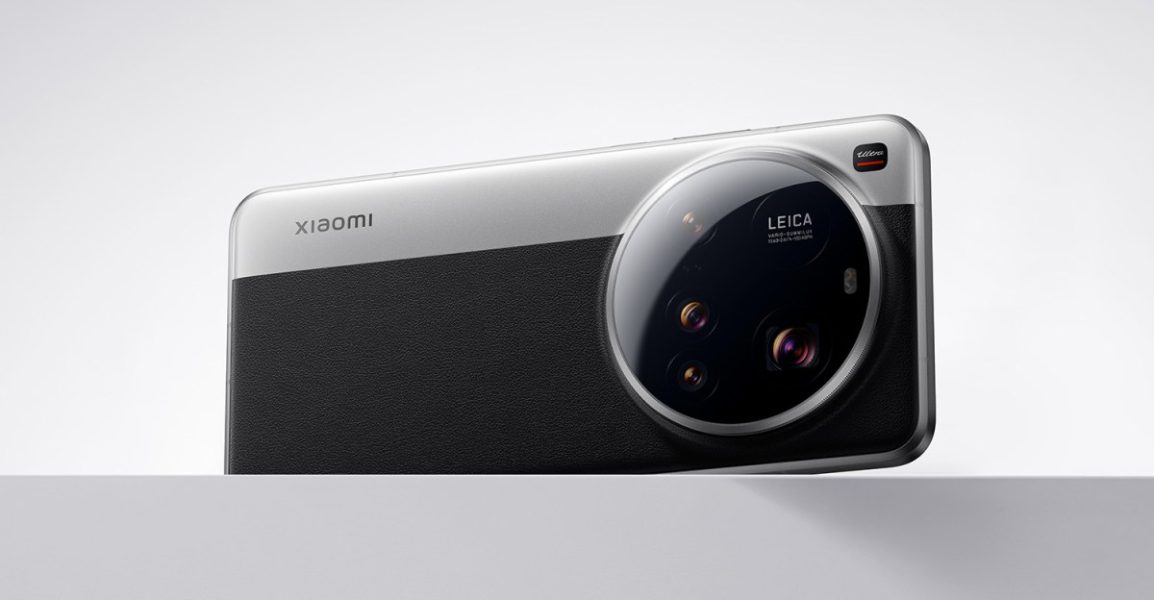The New York City Subway Is Using Google Pixels to Listen for Track Defects – WIRED

Between September and January, six Google Pixel smartphones hitched free rides on four New York City subway cars. Specifically, they took the A train, as it ping-ponged the 32 miles between the northern tip of Manhattan and the southern reaches of Queens.The phones weren’t stowaways or strays, and an extremely sharp-eyed passenger could tell because they were inside plastic enclosures and secured via brackets to the cars’ undersides and interiors. While people inside the cars used their smartphones to write emails or scroll Instagram or explore Roblox, the subway operators were using these phones’ sensors—accelerometers, magnetometers, and gyroscopes, and for those attached to the cars’ exteriors, additional external microphones—to listen intently.The phones were part of a brief experiment by New York City’s Metropolitan Transportation Authority and Google into whether cheap, mostly off-the-shelf technology could supplement the agency’s track inspection work. (Google Public Sector, the division that undertook the work, didn’t charge the MTA for this initial experiment.) Today, inspections are carried out by human inspectors, who together walk all 665 miles of New York City’s subway tracks, eyes peeled for problems like broken rails, busted signals, and water damage. Thrice-annual rides by specialized, sensor-laden “train geometry cars,” also capture and upload more sophisticated data on the status of the city’s rail infrastructure.New York City Transit’s work with the experimental technology, which Google calls TrackInspect, suggests that audio, vibration, and location data, collected relatively cheaply and used to train artificial intelligence prediction models, can supplement that inspection work. It can point humans toward suspicious rattles, bangs, or squeals, suggesting what kinds of tools they’ll need to make the repairs before they get there. Throughout the four-month project, the tech was able to identify 92 percent of the defect locations later pinpointed by human track inspectors, the MTA says.Eventually, the tech could become “a way we could minimize the amount of work that’s done to identify those defects, and point inspectors in the right direction, so they can spend time fixing instead of identifying, and go directly there and do the work,” says Demetrius Crichlow, the agency’s president. In the future, the MTA hopes to create a “modernized” system that automatically identifies and organizes fixes for track issues.For the system’s 3.7 million daily riders, catching defects before they become problems could be the difference between getting to work or school on time and getting mired in unexpected delays.“The goal with this [project] is to find issues before they become a major issue in terms of service,” says Crichlow. The collaboration with Google will now expand to a full pilot project, the MTA says, where Google will build a production version of the tech and put it in the hands of track inspectors themselves.The Google experiment is part of a bumper crop of AI-enabled technology that transit agencies are just beginning to use to supplement their typical inspections, says Brian Poston, an assistant vice president of transit and rail with the consultancy WSP. While New York is unique in using “harmonics”—audio and vibration—to pinpoint issues, others have installed small sensors or cameras on tracks that take automated measurements and flag discrepancies as they emerge. The tech is enabled not just by advances in machine learning, but also cheaper and smaller batteries and processors.Still, US regulators require regular human inspection and maintenance of rails, and Poston says he doesn’t expect those rules to go away anytime soon. “Until the technology can be specific and precise, you’re always going to need that human interaction,” he says.In New York, one particular human played an outsize role in labeling the audio and vibration data collected by the mounted phones. In between the rest of his work, NYCT assistant chief track officer Robert Sarno, a 14-year veteran of the MTA, threw on his noise-canceling headphones and listened through five- to 10-minute snippets of track noise to sort the regular subway din from audio signatures of track trouble.“I would listen to it and mark down ‘loose joint,’ ‘loose bolt,’ rail defect,’ ‘tie defect.’ And then inspectors would go out in the field and come back with pictures to back it up.”By himself, Sarno hit more than a 80 percent correlation with track defects—not too much worse than the machine learning models. “Through years of experience, you learn certain sounds,” says Sarno, who spent the first ten years of his MTA career underground. (Maybe he’s also really good at it—another transit official called Sarno “the track whisperer.”)Along with Sarno’s labeling, TrackInspect combined 335 million sensor readings and 1,200 hours of audio with New York City Transit’s database of track defects to train a group of about 200 individual prediction models to find track issues, Google says.While TrackInspect was built just for the MTA, Google Public Sector field chief technology officer Chris Hein says the firm hopes the project will become a “catalyst for ushering in more cost-effective and preventive ways to support railway safety.”Join the WIRED community to add comments.In your inbox: Get Plaintext—Steven Levy’s long view on techMusk takeover: No, 150-year-olds aren’t collecting benefitsBig Story: Are you lonely? Adopt a new family on Facebook todayThe wild story behind Kendrick Lamar’s Super Bowl halftime showLove Bytes: The brave new frontiers of romanceMore From WIREDReviews and Guides© 2025 Condé Nast. All rights reserved. WIRED may earn a portion of sales from products that are purchased through our site as part of our Affiliate Partnerships with retailers. The material on this site may not be reproduced, distributed, transmitted, cached or otherwise used, except with the prior written permission of Condé Nast. Ad Choices
Source: https://www.wired.com/story/the-new-york-city-subway-is-using-google-pixels-to-sense-track-defects/


